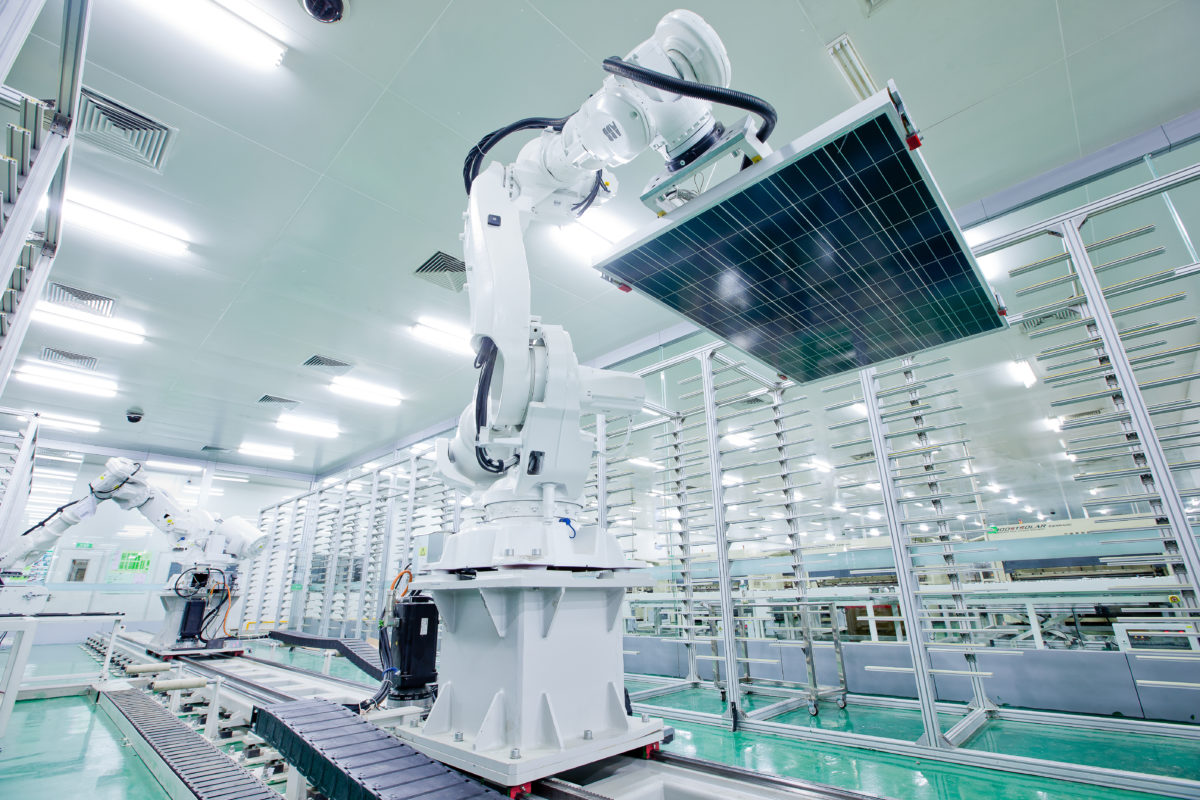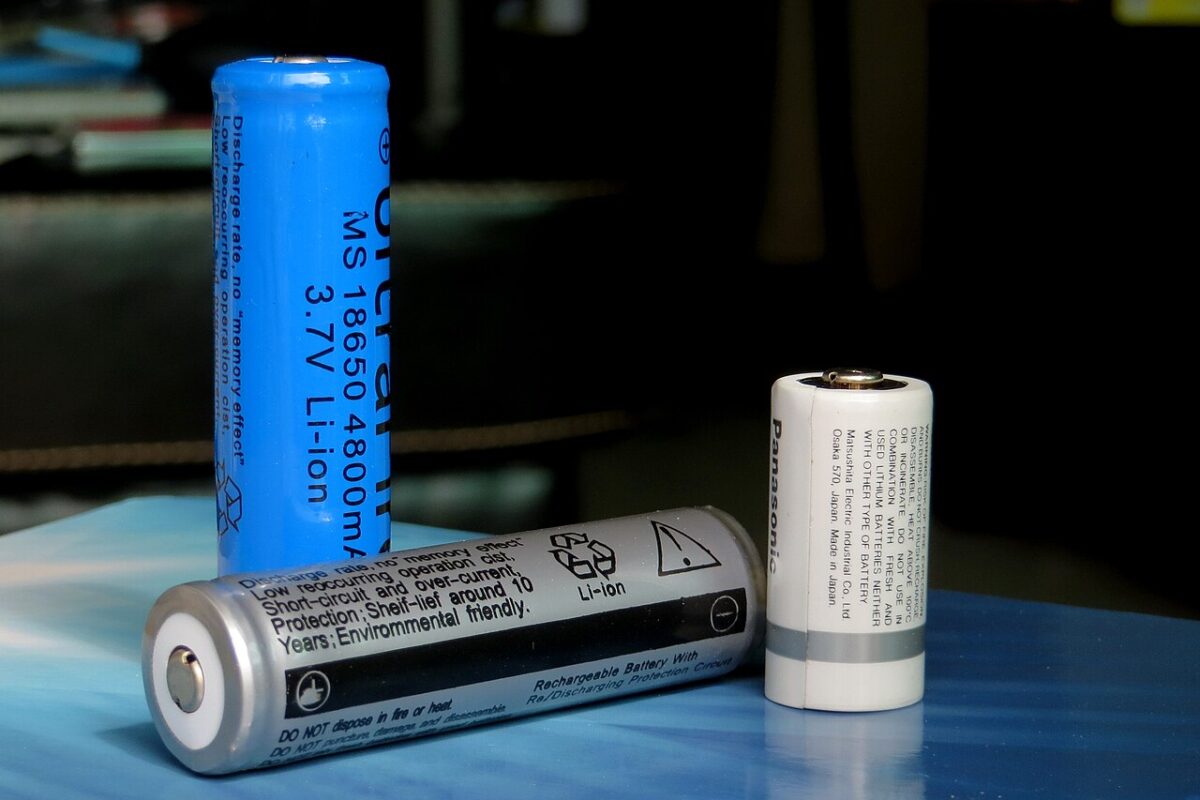pv magazine: Mr Viaro, is it possible to produce a completely PID free pv module? And what would be needed for that?
Andrea Viaro: “PID-free” is a misconception, because the phenomenon is influenced by multiple factors such as environment conditions and system design, thus it is not only related to the PV module structure. Highly PID-resistant panels can be produced, and Jinko for many years has been already supplying the European market [with] PID-certified Eagle series modules, which offer the highest resistance possible against this phenomenon, thus avoiding complex preventive or corrective solutions at [a] system level.
pv magazine webinar
If the effort – and the price – for such a module increases, would it be an option to give up ‘PID free’ modules and use a power electronics solution, which sets the negative pole of strings on a near to ground potential? How much could potentially be saved with that approach?
Alternative solutions to prevent, or slow down at least, PID development are possible but significantly increase the complexity of PV systems, as mentioned, and cost consequently. The most advantageous approach is surely to use PID-resistant PV modules. This approach has now become standard at Jinko and we control PID at both solar cell and panel level, optimizing the production process, the components used for the laminate and the panel design, to [ensure] the highest achievable overall PID resistance with minimal additional cost.
Apart from PID, what are the most pressing quality issues, from your point of view, that we should discuss during the webinar?
Thanks to the numerous campaigns carried out in the past, the awareness [in] the market about the importance of quality in PV modules in particular, has significantly increased. It is crucial, for instance, to choose the right material combination – backsheet first of all – in order to assure the highest panel long-term reliability. Furthermore, even [as] apparently minor components as the connectors can have a very significant impact on the operation of the PV system. Both aspects, if underestimated, can represent additional risks directly related to very tangible financial consequences which might seriously jeopardize [investments]. In terms of performance, effectively controlling the LID effect is still a major commitment, especially for high-efficiency PERC technologies. At Jinko Solar we have in place thorough quality controls starting from [the] raw silicon, which [permit] reaching the lowest LID levels [and are] validated by independent laboratories. Also very important for long-term module performance and reliability is the control on microcracks that might occur to solar cells during production, packing and transportation; we [have] almost achieved the crack-free modules target by optimizing the production parameters, choosing the materials with the most suitable specifications and implementing a thorough packing process.
*In an upcoming webinar, Jinko will discuss what measures can be taken to protect solar asset owners’ investments. From components to modules, JinkoSolar, DuPont and Stäubli will present evidence showing how durable materials can help lower the overall levelized cost of electricity (LCOE) of solar systems; and how high quality standards in manufacturing can boost the longevity and reliability of solar modules.
This content is protected by copyright and may not be reused. If you want to cooperate with us and would like to reuse some of our content, please contact: editors@pv-magazine.com.



1 comment
By submitting this form you agree to pv magazine using your data for the purposes of publishing your comment.
Your personal data will only be disclosed or otherwise transmitted to third parties for the purposes of spam filtering or if this is necessary for technical maintenance of the website. Any other transfer to third parties will not take place unless this is justified on the basis of applicable data protection regulations or if pv magazine is legally obliged to do so.
You may revoke this consent at any time with effect for the future, in which case your personal data will be deleted immediately. Otherwise, your data will be deleted if pv magazine has processed your request or the purpose of data storage is fulfilled.
Further information on data privacy can be found in our Data Protection Policy.